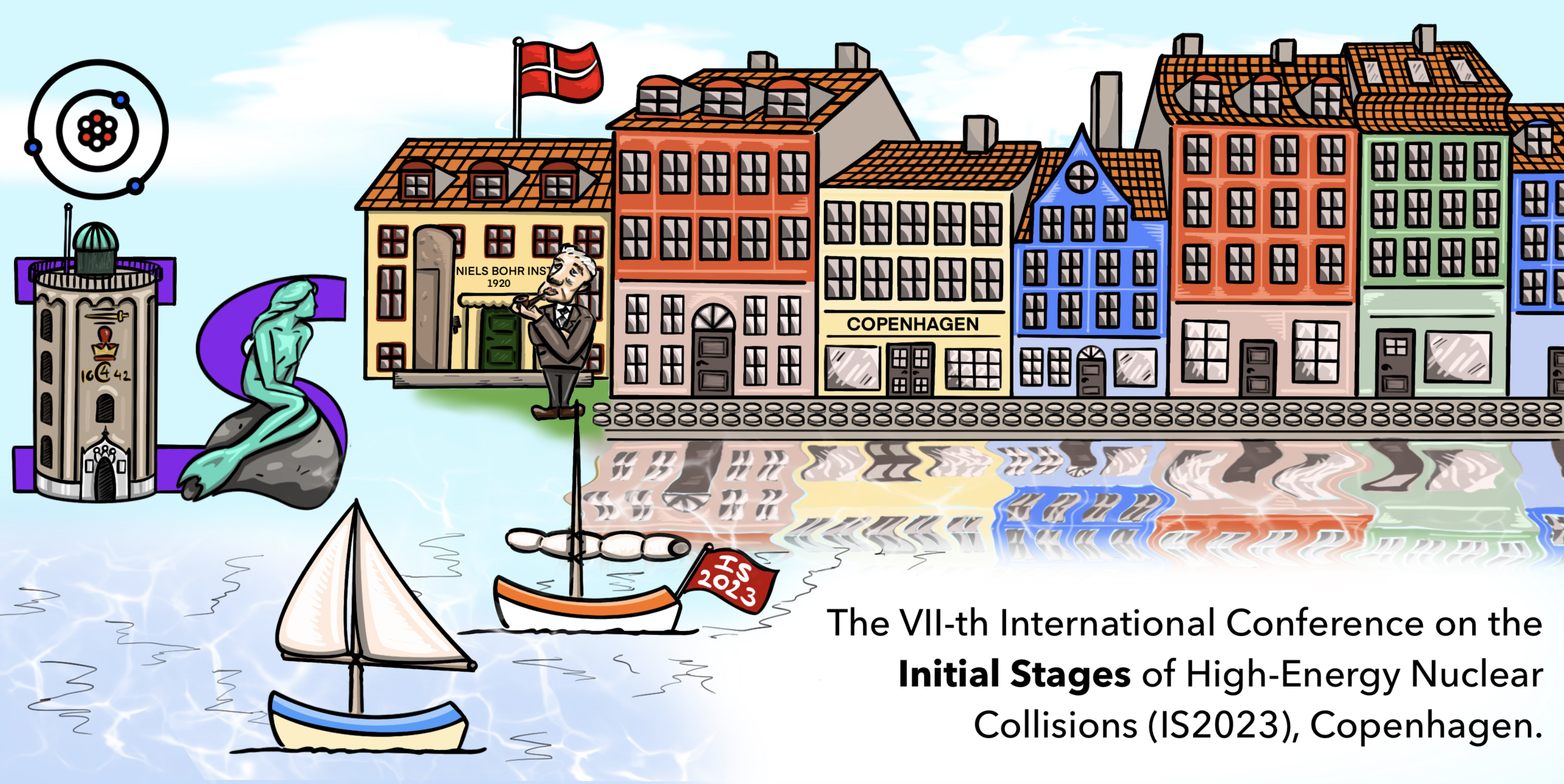Speaker
Description
Collective flow is a notable probe for studying the properties of the medium created in heavy-ion collisions. Directed and elliptic flow, $v_1$ and $v_2$, are sensitive to the dynamics at the early stage of the system evolution and equation of state of the medium. The hadronic interaction cross sections of multi-strange hadrons and φ mesons are expected to be small and their freeze-out temperatures are close to the transition temperature between quark and hadronic matter. Hence, these hadrons may provide information primarily from the early stage of heavy-ion collisions.
From the measurements based on the first phase of RHIC beam energy scan (BES-I), we observed that $v_1$ slopes ($dv_1/dy$) at mid-rapidity region for net-proton and net-Λ show a minimum value around $\sqrt{s_{NN}}$ = 10 - 20 GeV. The $v_2$ of φ mesons seems to be lower at $\sqrt{s_{NN}}$ = 7.7 and 11.5 GeV compared to other charged hadrons. In this talk, with the much-enhanced statistics from the second phase of RHIC beam energy scan (BES-II) dataset, we present $v_1$ and $v_2$ for (multi-)strange hadrons at $\sqrt{s_{NN}}$ = 3 - 19.6 GeV with fixed-target and collider modes at STAR. Implications of these measurements on the QCD phase structure at high $μ_B$ region are discussed.
| What kind of work does this abstract pertain to? | Experimental |
|---|---|
| Which experiment is this abstract related to? | STAR |
